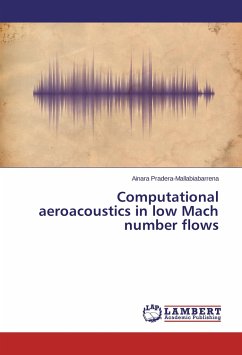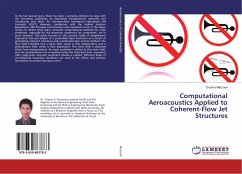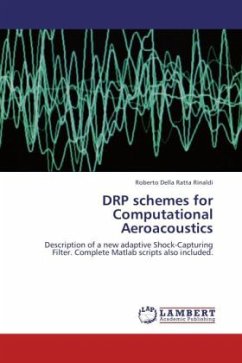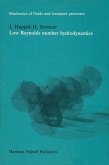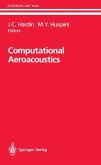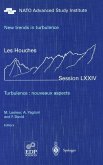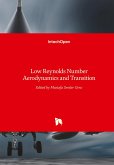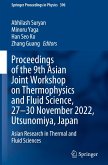This work studies a flexible methodology to predict radiated noise. The main contributions of this work are focused on the way flow parameters are acquired in fluid dynamics simulations are synthesised, stored and later used to predict radiated noise, but also on the procedure considered in the radiation calculations. The methodology has been restricted to low Mach number flows where the noise generation is dominated by the interaction of the flow with a surface at least one of whose typical dimensions is short compared to the wavelength of intereset, known as a compact source. The radiation calculations may employ purely analytical methods or numerical methods, depending on the application. Finally, the requirements in data storage and transfer are significantly reduced by using this method. Besides, if the flow remains essentially the same, the Computational Fluid Dynamics simulation should not need to be repeated in case different acoustic scenarios should be studied.
Bitte wählen Sie Ihr Anliegen aus.
Rechnungen
Retourenschein anfordern
Bestellstatus
Storno

